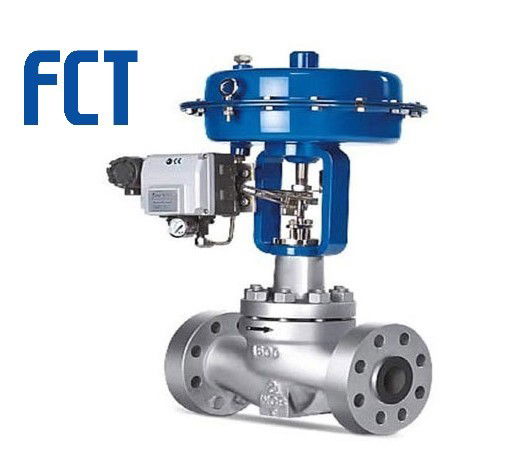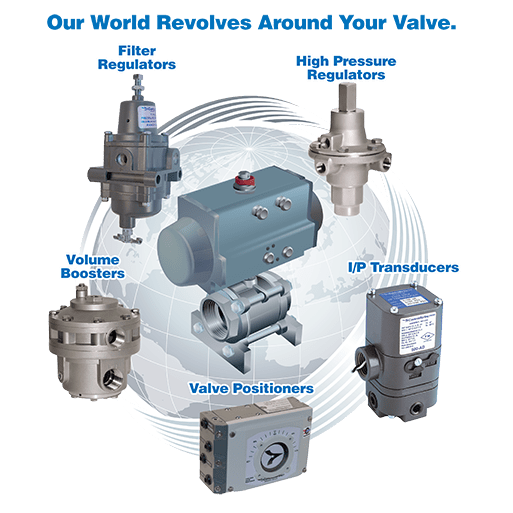Cutting-edge Control Valves: Enhancing Precision and Dependability
Cutting-edge Control Valves: Enhancing Precision and Dependability
Blog Article
Achieve Seamless Combination and Control With High Quality Building Automation Controls
In the realm of contemporary structure administration, the relevance of quality structure automation controls can not be overemphasized. As technology remains to development, the assimilation and control of numerous systems within a structure have advanced to be more innovative and effective. The smooth procedure and tracking of lighting, HVAC, safety and security, and various other building functions have actually come to be critical for enhancing occupant convenience, energy effectiveness, and general functional efficiency. The trip towards accomplishing true combination and control is a complex one, with considerations varying from system compatibility to cybersecurity. Accepting high quality building automation controls is not merely an issue of convenience yet a critical necessary for companies aiming to maximize their facilities' performance and sustainability.

Advancement of Building Automation Controls
Throughout the past few years, the advancement of building automation controls has significantly transformed the method structures are handled and run. Originally, constructing automation systems primarily concentrated on fundamental functions such as managing heating, air, and ventilation conditioning (COOLING AND HEATING) systems. However, as technology progressed, these controls have actually ended up being much more innovative, enabling a broader series of structure systems to be incorporated and managed centrally.
The advancement of developing automation controls has actually seen a change towards even more smart systems that can adapt to altering problems in real-time. This versatility is crucial for enhancing power effectiveness and making certain owner convenience. In addition, contemporary building automation controls currently supply functions such as predictive maintenance, remote surveillance, and information analytics, allowing facility managers to make data-driven decisions to improve building efficiency.

Advantages of Top Quality Assimilation
The development in structure automation controls in the direction of more intelligent systems has emphasized the considerable benefits of quality integration in enhancing structure procedures and boosting general efficiency. This centralized control also gives much better exposure and insights right into structure performance, allowing aggressive upkeep and optimization approaches. On the whole, the advantages of top quality assimilation in structure automation controls are indisputable, providing enhanced efficiency, convenience, and operational efficiency.
Enhanced Individual Experience and Access
Enhancing customer communication with structure automation regulates through intuitive layout and improved ease of access raises the total experience for occupants and facility supervisors alike. By concentrating on user experience, developing automation systems can come to be a lot more easy to use and efficient. Instinctive interfaces, clear navigating, and customizable settings equip users to connect with the controls quickly and successfully.
Access features play a vital function in guaranteeing that all individuals, including those with specials needs, can utilize the building automation controls effortlessly. Incorporating functions such as voice commands, tactile buttons, and color-contrasted displays can boost ease of access and make the controls more comprehensive.
Additionally, boosted individual experience leads to greater individual contentment, enhanced efficiency, and much better click here for info decision-making. Passengers can change ecological setups according to their preferences, while facility managers can effectively monitor and handle building systems - control valves. Generally, focusing on customer experience and accessibility in structure automation manages adds to a more effective and smooth building setting for all stakeholders included
Sustainable Practices With Automation

Moreover, automation can help with the integration of renewable resource sources such as photovoltaic panels or wind generators right into building operations. By instantly changing power usage based on the accessibility of renewable power, structures can further lower their reliance on non-renewable sources. This smooth integration of lasting practices not just profits the setting but additionally improves the general operational performance and cost-effectiveness of the structure. Through automation, buildings can straighten with modern-day sustainability objectives and add to a greener future.
Future Trends in Building Control Equipment
One prominent fad shaping the future of structure control systems is the raised integration of Artificial Intelligence (AI) and maker learning. Additionally, the Internet of Points (IoT) is changing structure control systems by linking devices this content and sensors to enhance procedures and improve efficiency.
An additional vital trend is the focus on cybersecurity measures to safeguard versus potential dangers to building automation systems. As structures come to be a lot more interconnected, making sure robust cybersecurity methods will be crucial to secure sensitive information and stop unauthorized access.
Additionally, the shift towards cloud-based systems is gaining energy, permitting for streamlined control and remote access to building systems. This facilitates easier monitoring, maintenance, and updates, enhancing the general efficiency and adaptability of structure control systems. As modern technology remains to development, these fads are expected to form the future landscape of structure automation controls, driving advancement and sustainability in the developed atmosphere.
Verdict
In final thought, constructing automation controls have actually developed considerably, using numerous benefits such as improved user experience, ease of access, and sustainable practices. Quality integration plays an essential function in achieving smooth control and efficient procedure of building systems. Future trends in building control systems are most likely to concentrate on further enhancing automation capabilities for boosted energy effectiveness and total efficiency. It is vital for building owners and operators to focus on the fostering of high quality structure automation manages to maximize structure procedures and attain long-lasting sustainability goals.
In the world of modern-day building administration, the significance of quality building automation controls can not be overstated. Overall, the advancement of structure automation manages continues to drive advancement in the building monitoring sector, providing new opportunities for producing smarter and much more lasting buildings.
The advancement in building automation regulates in the direction of even more smart systems has actually highlighted the substantial benefits of high quality assimilation in optimizing building operations and improving general efficiency. On the whole, prioritizing customer experience and ease of access click site in structure automation controls adds to a more seamless and efficient structure environment for all stakeholders entailed.
It is vital for structure owners and operators to focus on the adoption of quality building automation controls to optimize building procedures and achieve long-term sustainability objectives. - control valves
Report this page